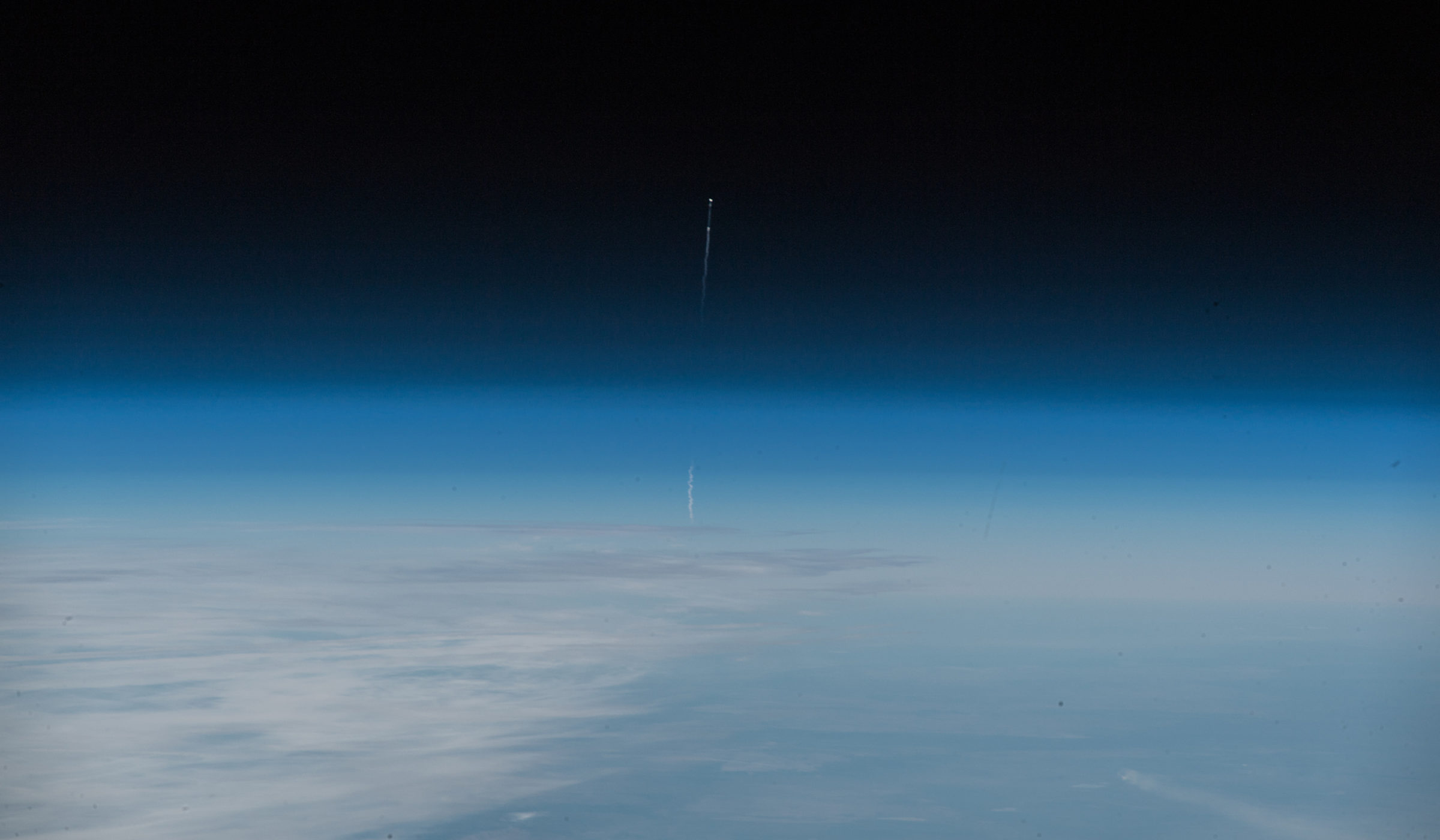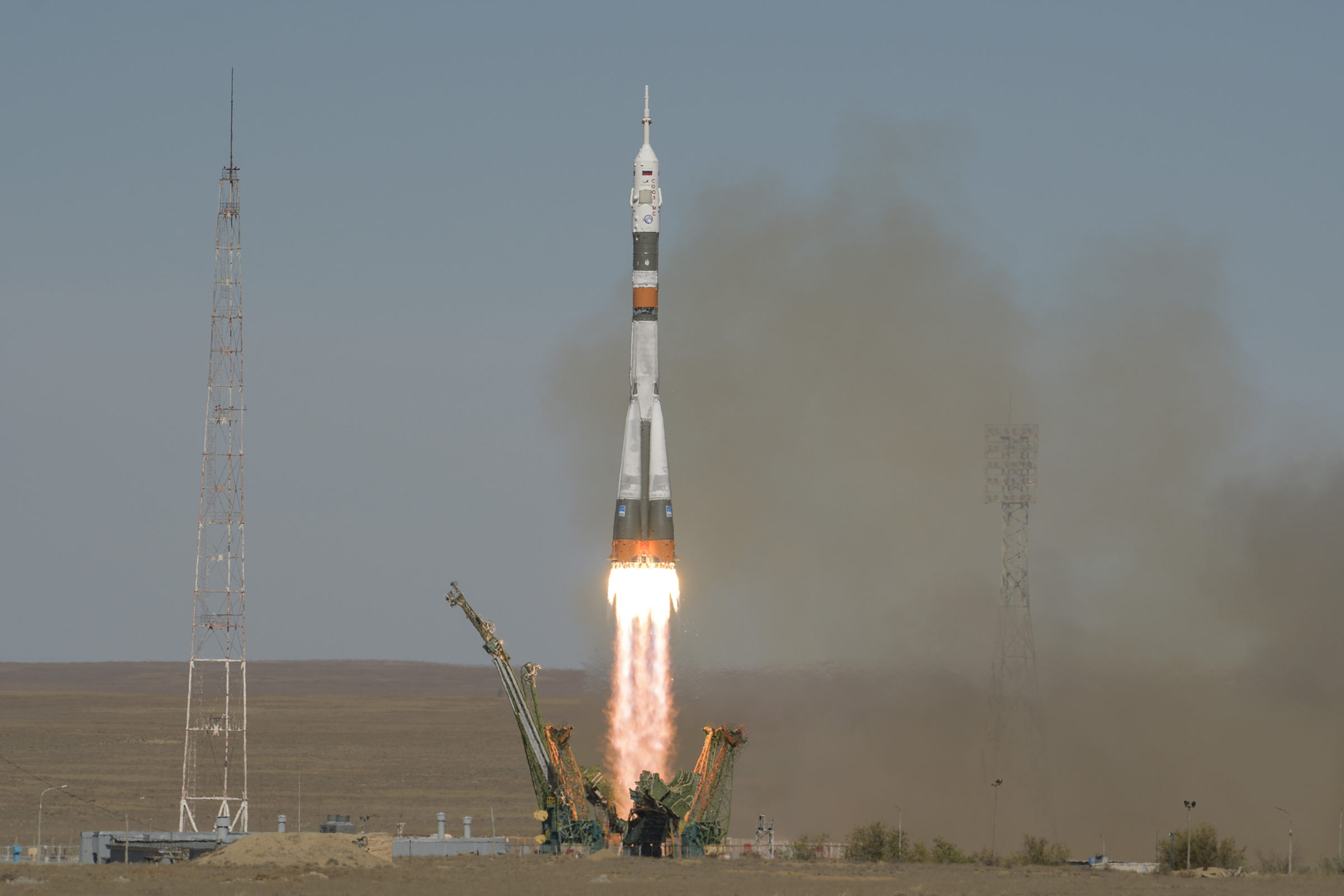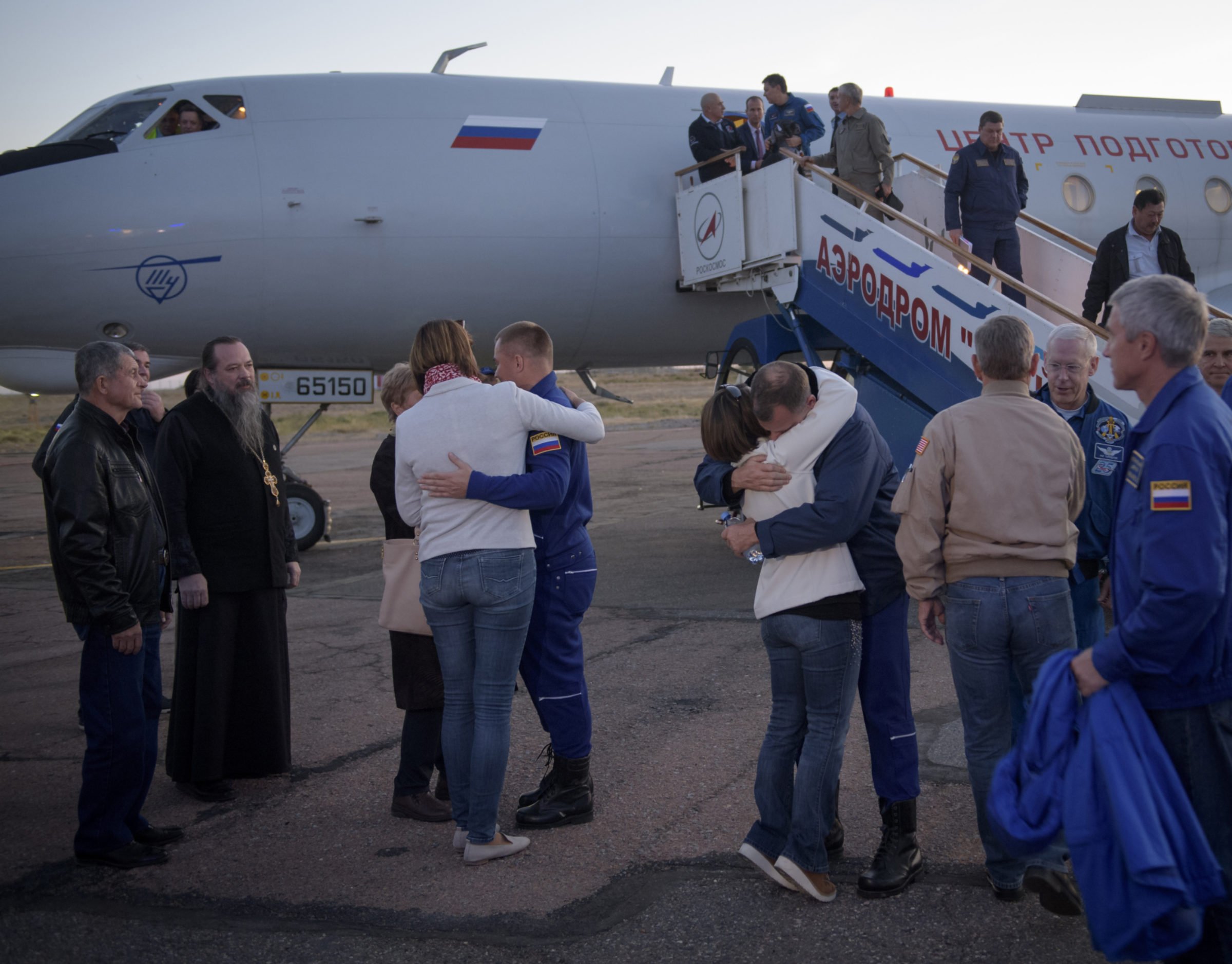Jason Davis • Oct 11, 2018
Space station crew safe after failed launch
An American astronaut and Russian cosmonaut are safe today following a failed rocket launch to the International Space Station from Kazakhstan.
NASA astronaut Nick Hague and Russian cosmonaut Alexey Ovchinin blasted off from the Baikonur Cosmodrome at 08:48 UTC on what would have been a six-hour flight to the space station. About two minutes after liftoff, the rocket failed, and the Soyuz capsule with Hague and Ovchinin began falling back to Earth.

Flight controllers in Russia were in contact with the crew at various points throughout the incident. After separating from the rocket, the Soyuz would have deployed its parachutes prior to landing safely near the town of Dzhezkazgan, about 400 kilometers northeast of Baikonur. Russian search and rescue forces arrived at the landing site roughly an hour and a half later.
"Today’s mishap reminds us that even though spaceflight is hard, we are drawn to the cosmos," said Bill Nye, CEO of The Planetary Society. "We've got more hard work ahead, but it will be worth it."
The failure happened a few seconds after first stage separation, when the launch vehicle's four booster rockets fall away from the core stage. At that point, video feeds from inside the capsule showed Hague and Ovchinin being jostled, while exterior cameras showed debris near the jettisoned boosters.

The Soyuz has a number of different abort methods, including a launch escape tower to pull the capsule away from its rocket in an emergency. That tower was scheduled to be jettisoned at roughly the same time the incident occured, and it is unclear which abort mode was used to save the crew. The Soyuz descent was "ballistic," sending the crew back to Earth on a steeper landing trajectory than usual with high G forces.
"From a crew perspective, we're well trained for an abort," said Reid Wiseman, NASA's deputy chief astronaut. "From a crew perspective there's a bit of shock in the moment, but the communication with the crew was extremely professional."
The failure leaves the International Space Station staffed with just three crew members, who arrived in June: Europe's Alexander Gerst, NASA's Serena Auñón-Chancellor, and Russia's Sergey Prokopyev. The trio are currently scheduled to stay aboard the station through mid-December.
"Serena and Alex and Sergei are doing just fine," said Kenny Todd, the operations integration manager for the International Space Station program. "The one activity that we are taking a hard look at at this point is our EVA [spacewalk] plans. One of our EVA spacewalkers is still on the ground."

Russia's Soyuz spacecraft is currently the only means of sending crews to the station. SpaceX's Crew Dragon and Boeing's Starliner spacecraft will not be ready until at least mid-2019.
"These guys got back down to Earth okay, but it makes us all wonder about the near-term future of human spaceflight," said Nye. "How are we going to get to the International Space Station (ISS) without Soyuz rockets? Are they still safe? Will private companies like SpaceX and Boeing, which are expected to be flying their new rockets soon, be safe enough for astronauts?"
Today's incident is just the third crewed abort of a Soyuz launch. In 1975, a late-ascent failure ended with cosmonauts landing near China. In 1983, a rocket fire on the launch pad triggered the vehicle's tower escape system, which pulled the Soyuz safely away.
Support our core enterprises
Your support powers our mission to explore worlds, find life, and defend Earth. You make all the difference when you make a gift. Give today!
Donate

 Explore Worlds
Explore Worlds Find Life
Find Life Defend Earth
Defend Earth

